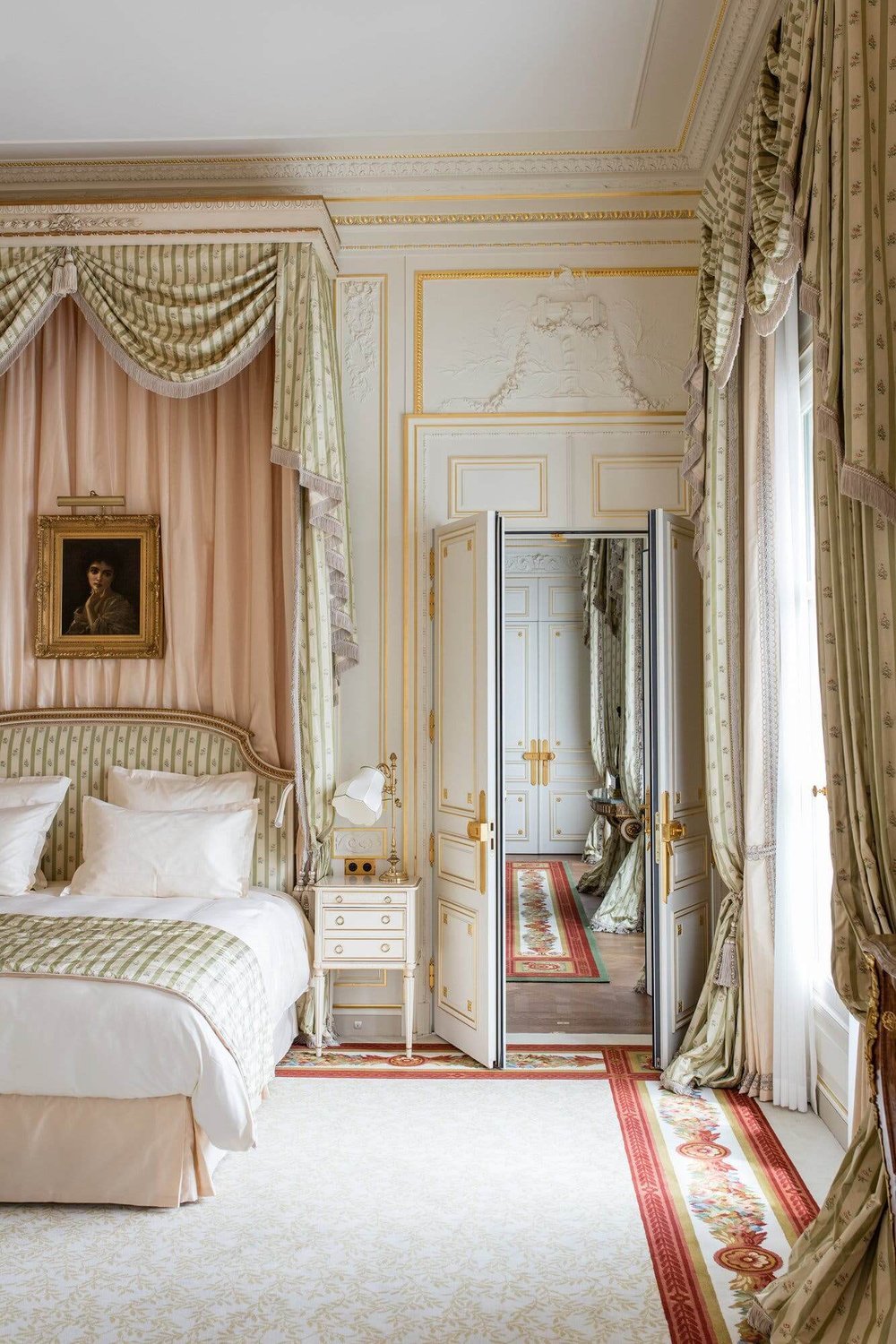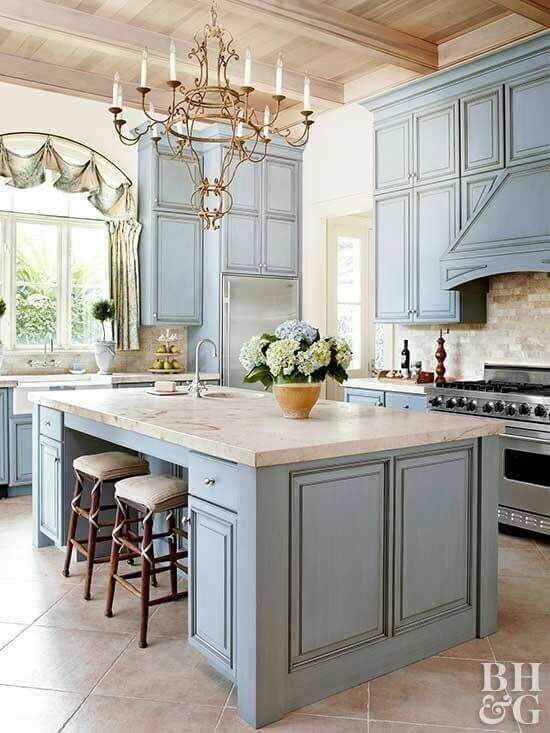What to Look for in an Interior Designer's Letter of Agreement
Are you planning to give your home a fresh new look? Hiring an interior designer can be a wise investment in a successful renovation project.
As an excited interior design client, you're probably eager to start your project.
But before you sign on the dotted line, it's essential to understand what an interior design proposal typically contains.
In this article, we'll cover the top 7 things that should be included in any interior designer's proposal so you can have complete confidence in the project from start to finish.
From understanding what an interior design proposal entails to the estimated timeline and budget breakdown, we've got you covered. Let's dive in!
What Is An Interior Design Service Proposal?
An interior design proposal is a document that outlines the scope of work and cost associated with the process of completing an interior project.
Interior designers craft these proposals for potential clients seeking guidance and professional help designing their homes.
By understanding what an interior design proposal typically contains, you can be sure you're getting the best possible service from your designer.
To be sure you're looking for the right things in an interior designer's proposal, here are a few things to keep in mind.
Next: The Top 7 Things Your Interior Designer’s Proposal Must Include
The Top 7 Things Your Interior Designer's Proposal Must Include
1.A clear scope of work
To create a scope of work, the designer needs to know your wishlist and how you use the space.
One of the most common ways to accomplish this is through the client completing a design questionnaire and a home or video consultation.
This section should detail every step that goes into completing this project from start to finish.
The scope of work section in your interior designer's proposal is where your project's real nitty-gritty details will be outlined.
This section will provide a comprehensive understanding of what exactly is included in the designer's services, from initial consultations to final installation.
Please pay close attention to this section is essential, as it will ensure that you and your designer are on the same page about every aspect of the project.
In the scope of work, you can expect to see a breakdown of each area of your home that will be included in the redesign and specifics on what exactly will be done in each area.
This section may also cover materials that will be used, any necessary permits and inspections, and the anticipated timeline for completion.
By clearly understanding the scope of work, you'll be able to ensure no surprises down the line.
This section will provide a roadmap for the entire project, allowing you to stay informed and engaged throughout the process.
With a comprehensive understanding of the scope of work, you'll be better equipped to work with your designer to create a space that truly reflects your style and meets your needs.
Next up, we'll take a closer look at the estimated timeline for your project, so you can get a better idea of what to expect as your project moves forward.
2. Timeline
The timeline should provide a detailed schedule for the project, including key milestones and deadlines. It should also include information on the following:
The start date for the project
The completion date for the project
The anticipated downtime for the project
Understanding the estimated timeline for your interior design project ensures everything is completed on schedule and within budget. This section of the proposal will outline the various stages of the project and provide an estimated timeline for each.
The first step is typically a consultation, during which you discuss your design goals and preferences with your designer. From there, your designer will begin creating the initial designs for your space. Depending on the project's complexity, this phase can take several days to weeks.
Once the initial designs have been created, you can provide feedback and make any necessary revisions. This process typically takes a few weeks but may take longer, depending on the project's scope.
Once the design has been finalized, construction and installation can begin. This phase can take several months or longer, depending on the size and complexity of the project.
Your designer will keep you informed of progress and potential delays throughout the process. By providing a clear timeline, you can rest assured that your project will be completed on time and within budget.
Next up, we'll take a closer look at the detailed budget breakdown, so you can have a transparent understanding of the costs associated with your project.
3. Service levels and project deliverables
In addition to the information already mentioned, an interior design proposal should include information about the designer's service levels, deliverables, components, and assumptions. This includes things like the level of customization that will be available.
For example, the customized service level options for this client include:
* Level III DIY Design Deliverables:
* Moodboard
* Building specification (including elevations and layout drawings with dimensions) for items such as built-ins or creative wall treatment
* Concept boards
* Lighting layout plan
* Interactive decorating specification
* Care manual for furnishings, decor, lighting, and window treatments
* Level II Concierge Styling Deliverables:
* Professional measurements
* Floor plan
* Concierge shopping & personal styling
* Level 1 Designer On-Call Deliverables:
* The client can select which items they would like to agree on from the following:
* Site measurements
* Specifications for wall treatment
* Concept board
* Lighting layout plan
* Interactive decorating specifications
* Care Manual for Furnishings, Decor, Lighting, and Window Treatments
Level III components include:
* Component 1: Building Work such as carpentry and custom wall treatment
* Component 2: Lighting Concept
* Component 3: Hard and Soft Furnishings
The service provider will source the furnishings and accessories to breathe personality into this design scheme and give the final touches. The client will make the purchases of their own accord.
This agreement is based upon the following assumptions:
* You will allow the service provider, and any accompanying team members, access to visit the site for measurements and additional photographs as necessary before the design schemes are drawn up.
* You will provide digital signoff for each required project stage before work may continue.
* The designs remain the intellectual property of Julie Ann Rachelle Interiors LLC, and another designer or decorating professional may not carry out my designs.
* The client will hire any building contractors or tradespersons needed to complete the design, and the designer will not be held accountable for the quality of their work.
* Lead times on components will be given at the earliest notice.
* You will allow the designer, any necessary team members, and a photography team access to visit the site upon project completion for the service provider's portfolio, blog, and social media.
By understanding the different service levels and available deliverables, you can choose the option that best suits your needs and budget. And by being aware of the project assumptions, you can avoid surprises.
4. Project deliverables
The proposal should also include a list of the project deliverables. This includes things like the final design and any construction or installation that will be required.
5. Cost breakdown
Your interior designer's proposal should not only provide you with a comprehensive timeline for your project, but also a detailed budget breakdown to ensure transparency and clarity in the cost associated with your project. The budget should provide a detailed breakdown of all expenses associated with the project.
It should include information on the following:
The designer's fee
The cost of materials
The cost of labor
The cost of any other expenses
The budget should include everything from the cost of materials to the hourly rate for labor, and all other expenses that may arise.
It's important to have estimated costs including fees (such as taxes) related to labor and material purchases associated with this project so that there aren’t any surprises once the project is finished.
Your designer should be able to explain each line item in the budget, so you have a clear understanding of what you are paying for.
In addition, they should be willing to work with you to make adjustments to the budget based on your needs and preferences.
This open dialogue between you and your designer will ensure that you stay within budget and avoid any unexpected costs.
A detailed budget breakdown not only helps you understand where your money is going, but it also allows you to make informed decisions about what aspects of the project are most important to you.
For example, if you have a limited budget, the breakdown can help you prioritize between certain materials or design features.
Your designer should be able to explain each line item in the budget, so you can have a clear understanding of what you are paying for.
In addition, they should be willing to work with you to make adjustments to the budget based on your needs and preferences.
By having a transparent and detailed budget breakdown, you can avoid any surprises or hidden costs that may arise during the project.
This will make the payment structure much smoother and easier to navigate, which we will discuss in more detail in the next section.
6. Contractual agreements
Finally, the proposal should include a copy of the contractual agreements that will be required. This includes the following:
The scope of work
The payment terms
The cancellation policy
7. Payment Structure and Schedule
A transparent payment structure is essential for any interior design project. It should be included in the proposal and thoroughly discussed with your designer.
The payment structure should also include the payment schedule. This includes when payments are due and how much is due at each project milestone. Your designer should be able to explain the payment schedule to you and why it is structured the way it is.
A transparent payment structure will also give you peace of mind and allow you to focus on the exciting parts of the project.
A clear and detailed payment structure is crucial to any interior design project. It ensures that everyone is on the same page and avoids any misunderstandings. Make sure to discuss payment with your designer early on in the process and have a detailed payment structure included in the proposal.
How to Find the Right Interior Designer for You
Now that you know what to look for in an interior designer's proposal, it's time to start looking for the right designer for you. Here are a few tips:
Ask for referrals from friends, family, and colleagues.
Do some online research and read reviews of different designers.
Interview several designers before making a decision.
Be sure to clearly understand the designer's fees and services before signing a contract.
Conclusion
In conclusion, embarking on a home renovation journey with an interior designer can be daunting.
However, with a comprehensive proposal that includes the seven key elements: scope of work, estimated timeline, detailed budget breakdown, service levels, project deliverables, contractual agreements, plus the payment structure and schedule, you can ensure a successful and stress-free project.
Remember, a well-crafted proposal sets the foundation for a smooth and efficient collaboration, resulting in a beautifully designed space meeting your expectations.
So, whether you're redecorating a single room or giving your entire home a facelift, demand a proposal that includes these essential components. As the saying goes, "Fail to plan, plan to fail."
Ready to schedule a Discovery Call?
If you like what you see on my website, and are considering an in-home consultation, then take the first step today by contacting me to schedule your complimentary discovery call that will be about 20 minutes. Use this contact form, email me, or text me. Or choose to fill out the design questionnaire!






























Recent executive orders from President Donald Trump are reshaping the home and garden, interior design, architecture, home building, and furniture/decor industries. Key changes include initiatives to reduce housing costs, the imposition of a 25% tariff on imports from Canada and Mexico effective February 1, 2025, stricter immigration enforcement, revisions to energy policies, and a directive promoting classical architecture in federal buildings. Understanding these developments is crucial for industry stakeholders aiming to navigate the evolving landscape effectively.